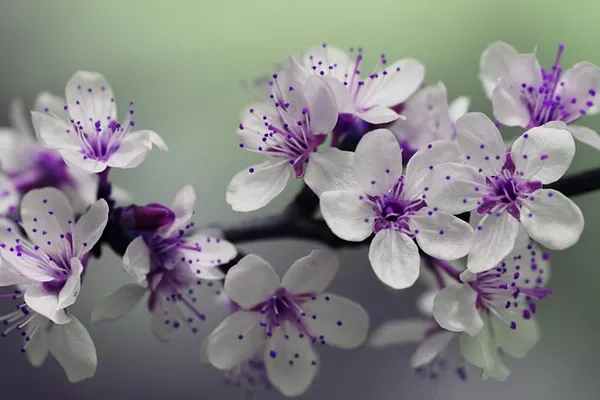Flowers have long held a special place in our hearts, symbolizing beauty, love, and vitality. However, as with all living things, flowers eventually fade and wither away. While it can be disheartening to see once-vibrant blossoms lose their luster, there are numerous creative ways to repurpose dead flowers. In this article, we will examine a variety of engaging and practical ideas for breathing new life into wilted blooms, allowing them to continue instilling joy and inspiration long after their initial bloom.
1.Drying and Preserving
One of the simplest yet most effective methods of utilizing dead flowers is by drying and preserving them. The dried blooms can be used in various decorative projects, including:
a) Floral Arrangements:
Incorporate dried flowers into stunning floral displays or create wreaths that evoke a rustic charm. Combine different dried flower varieties, such as roses, lavender, and baby’s breath, to achieve a visually appealing arrangement.
b) Potpourri:
Mix dried petals, leaves, and spices, such as cinnamon sticks and cloves, to create aromatic potpourri. This delightful blend can be placed in bowls or sachets to freshen up closets, drawers, or any space in need of a fragrant touch.
c) Pressed Flower Art:
Pressing flowers between heavy books allows you to preserve their delicate beauty. Once pressed, these flowers can be framed or used to adorn bookmarks, greeting cards, and scrapbooks. Experiment with different flower types and arrangements to create unique designs.
2.Natural Dyes and Pigments
Dead flowers can also serve as excellent sources of natural dyes and pigments, providing an eco-friendly alternative to synthetic colorants. Here are some ways to extract color from wilted blooms:
a) Fabric Dyeing:
Boil flower petals in water to release their pigments, then strain the liquid and add fabric or yarn. Let them soak until the desired hue is achieved. Experiment with different flowers to obtain a range of colors, such as yellow from marigolds or blue from cornflowers.
b) Watercolor Painting:
Grind dried flower petals into fine powder, which can be mixed with water or binders to create homemade watercolors. This technique allows artists to incorporate unique, natural hues into their artwork, adding depth and character.
c) Natural Inks:
Combine boiled flower petals with vinegar or alcohol to create homemade inks. These vibrant, plant-based inks can be used for calligraphy, drawing, or even tattooing, offering a truly distinctive and eco-conscious alternative.
3.Organic Fertilizers
Dead flowers can also provide valuable nutrients for your garden and indoor plants when repurposed as organic fertilizers. By composting or creating nutrient-rich solutions, you can give your plants a natural boost:
a) Composting:
Collect dried flowers, leaves, and other organic matter and add them to your compost pile. As they decompose, they will contribute vital nutrients and enrich the soil, promoting healthy growth.
b) Floral Tea:
Steep dead flowers in water to create floral tea, which can be used as a nourishing liquid fertilizer. Allow the mixture to sit for a few days, then strain it and use it to water your plants. The nutrients released by the decomposing flowers will fortify your plants’ root systems.
4.DIY Beauty and Wellness Products
Incorporating dead flowers into homemade beauty and wellness products can offer a myriad of benefits. Consider these rejuvenating options:
a) Floral Infused Oils:
Immerse dried flowers in carrier oils like jojoba or almond oil. Let the mixture sit for several weeks, allowing the oil to absorb the flowers’ properties. Strain the oil and use it as a base for massage oils, bath oils, or even as a natural perfume.
b) Facial Steam:
Create a calming and restorative facial steam by adding dried flower petals to a bowl of hot water. Place your face above the bowl, covering your head with a towel to trap the steam. The fragrant vapor will help open pores, cleanse the skin, and provide relaxation.
c) Flower Petal Baths:
Add dried flower petals to your bathwater for a luxurious and indulgent experience. Rose petals, chamomile, or lavender can enhance relaxation while providing a delicate aroma.
Conclusion
Although flowers inevitably wilt and die, their beauty need not fade away completely. By harnessing creativity and resourcefulness, we can give new purpose to dead flowers, extending their impact far beyond their brief lifespan. Whether through dried arrangements, natural dyes, organic fertilizers, or DIY beauty products, the possibilities are boundless.


